One week in Andalusia: Córdoba
Hi, everyone!
In my previous posts I have already spoken about the stunning cities Seville and Granada. This time I'll talk to you about my final stop on my trip through Andalusia: Córdoba.
One difference between here and Seville and Granada, was that we only spent one day in this city. The truth is, the proximity between the main monuments of the old town allowed us to see the most important city in just one day. Even so, as always, it's better to dedicate at least one more day than us as we still have quite a few things to see.
Córdoba is a city where three different cultures have left a huge trace when it comes to the history of the city: Islam, Christianity, and Judaism. Here, you can breathe in the essence of Andalusia and its people on every one of its corners. It's not only interesting because of its historical monuments, but also for its narrow and colourful streets with their houses replete with flowers, their patios and their local food.
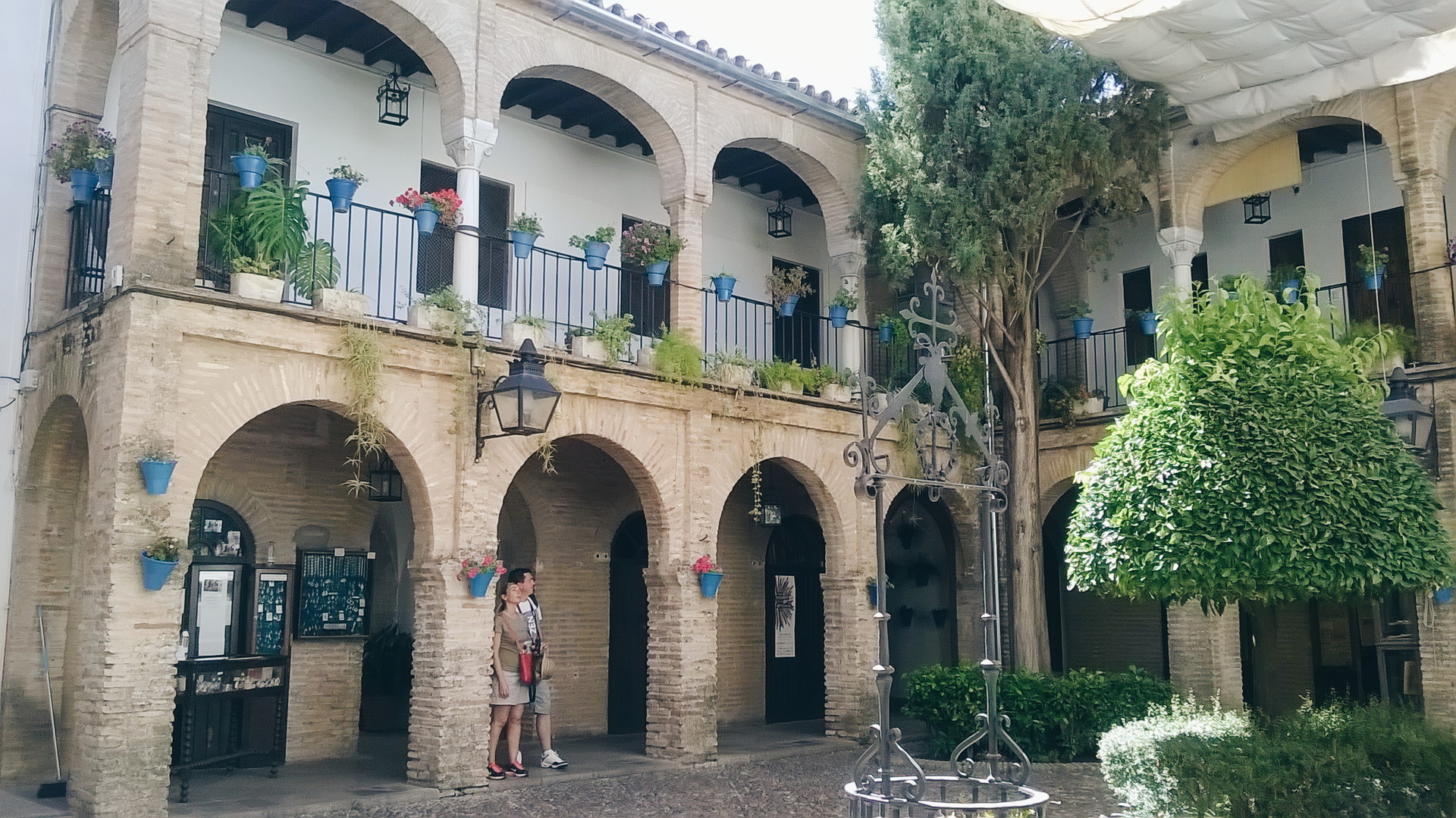
We can't forget that this city has a total of four World Heritage Site declarations: its historical centre, the Mosque, the Patio Fest and the Medina Azahara (quite recent in comparison).
What's the best time of year to visit this city?
The spring and autumn months are the most recommendable as during the summer there tends to be an abundance of tourists and this would mean that you'd have to wait in a lot of lines between doing things.
Also, the heat in Andalusia is particularly extreme and stifling during that time as well. In fact, I remember that during our trip, we were quite lucky with the weather until we arrived in Córdoba and the temperatures has risen a lot. This meant that we didn't like the city as much to start with. In fact, we came with the idea of visiting everything that we had planned, but we couldn't cope with the heat.
Anyway, if there's a perfect time during the year to visit this city, it would be the month of May. It's that during this month, it's not too hot, the city isn't completely overcrowded, and the most important thing, they celebrate the popular celebration of the Patio Fest of Córdoba. In this festival, the local residents compete to see who can make their patio the prettiest by decorating them with flowers.
Also during this month, they celebrate other festivals such as the fair of Córdoba, Easter or "The Crosses of May" which is where they decorate crosses with flowers and they compete for the prettiest one.
But if it's not possible for you to visit Córdoba on these days, don't fret! We went in June and we loved the city just as much.
Now, I'm going to talk about the unmissable places of the city.
Mezquita-Cathedral of Córdoba
This building was constructed between the 8th and 10th century, and it's the most visited place in the city. This is one of the most striking constructions in the whole of Spain and together with the Alhambra, they are the best examples of Andalusian architecture.
Once you go inside, you'll be completely mesmerised looking at what looks like a forest of red and white arches that have become a symbol of the city. There are more than a thousand columns that keep this temple upright.

The arches aren't only interesting from the inside, but they also stand out from the Sagrario Chapel, the mihrab or the archaeological remnants of the original Visogothic church.
You can't miss the famous Patio de los Naranjos that peple often end their visit with. Or, they climb up the bell tower to enjoy some unbeatable views of the city.
But aside from its beauty, this place stands out for its historical value. And it's a perfect example of the combination of the mosque and the cathedral. Its construction began in the year 785 after the Muslim invasion. Later in the 13th century the Christians returned to power and built a Cathedral right in the middle of the mosque.
Nowadays, you can appreciate both cultures although it's considered to be the Christian Cathedral of Córdoba. In fact Muslims are not allowed to pray inside this monument.

In general, the tour lasts around 2 hours. Well, in our case it took about this long at least. You have to pay €10 per adult to get in, although from Monday-Saturday from 8:30am to 9:30am entry is free. So, if you're early risers, don't think twice and make the most of it by enjoying the temple without as many people inside. To get up to the bell tower you have to pay €2 if you're an adult.
We decided to do a guided visit that includes an audioguide which helped us enjoy this place even more as it allows you to discover all the history and other interesting points.
The Alcazar of the Christian Monarchs
This fortress which was constructed in the medieval ages is found in front of the Guadalquivir river, after crossing the city's Roman Bridge.
In the past, it became royal residence as a prison, and even headquarters of the Inquisition in Córdoba. Alfonso XI was sent to build it in 1328 and as it was during the Christian Monarchs reign, it meant that it was his most important acquisition.
From this place, there are some impressive views of the gardens which stand out, with the water as the protagonist. In fact, the best part of the tour is walking around the garden as the inside of the building isn't actually that big. In fact, the most interesting thing is going up to its walls and tower to be able to admire the old town of the city from the inside, and also the beautiful gardens.
This building also harbors a museum with Roman objects and mosaics which have been found in the city.
The street Calle de las Flores
This pretty and narrow street attracts a large number of tourists that gather to admire its decoration of flower pots and stone arches. The best thing to do is get up early in the morning to be there early enough so you can enjoy walking down the street when it's not completely rammed with tourists.
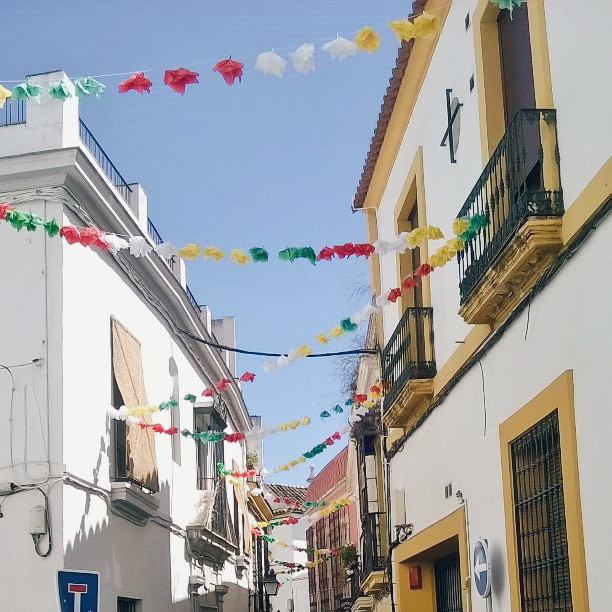
Roman Bridge
It's also known as "The Old Bridge" as it was the only bridge that crossed the Guadalquivir river in Córdoba for nearly 20 centuries. It was constructed in the 1st century and the San Rafael Bridge wasn't built until the 20th century.
This bridge has 16 arches in total and it's almost impossible to not find it when you arrive in the city, or when we did for that matter. Also, on one side of the bridge you'll find what's known as the Door of the Bridge, and the other side the Tower of Calahorra.
This last place mentioned is one of the unmissable attractions of the city, although, truth is, one side of the bridge is practically the only interesting thing to see besides the view of the city.
The Door of the Bridge is situated on the border of the historical centre, it's right beside the Almodóvar Door and Door of Seville, which is the only one to be preserved in the city.
This has also been one of the chosen locations for the series Game of Thrones to film some of the scenes. In fact, the bridge brought the city of Volantis to life.
Calahorra Tower
This tower that I mentioned to you previously, is from the 12th century and was constructed in order to defend one of the entrances to the city of Córdoba. Throughout history there have been various reconstructions.
From the top of this tower you'll see some stupendous views of the centre of the city. You can also see some great views of the Guadalquivir river. Also, in its interior you'll find the Al-Andalus Living Museum which permits you to find out more about the three cultures which define the city of Córdoba and about how they lived together.
The Synagogue
This small synagogue built in the year 1315 is one of the major reference points in Jewish history. It's designed in a mudejar style, which you can appreciate especially from the inside and it's considered to be one of the best conserved synagogues in the whole of Spain.
It has also been declared the "Bien de Interes Cultural" and you can also visit it for free, so don't think twice about going! In order to find it, you simply have to direct yourselves towards the Jewish neighbourhood, which I'll talk to you about now.
The Jewish Quarter of Córdoba
You'll find this neighbourhood next to the Mosque and this neighbourhood is where the Jewish community lived between the 10th and 15th century until they were expelled. It's a kind of labyrinth formed by very narrow alleyways where you can find different handicraft shops and a lot of souvenirs, which derive from the growing affluence of tourists in this area.
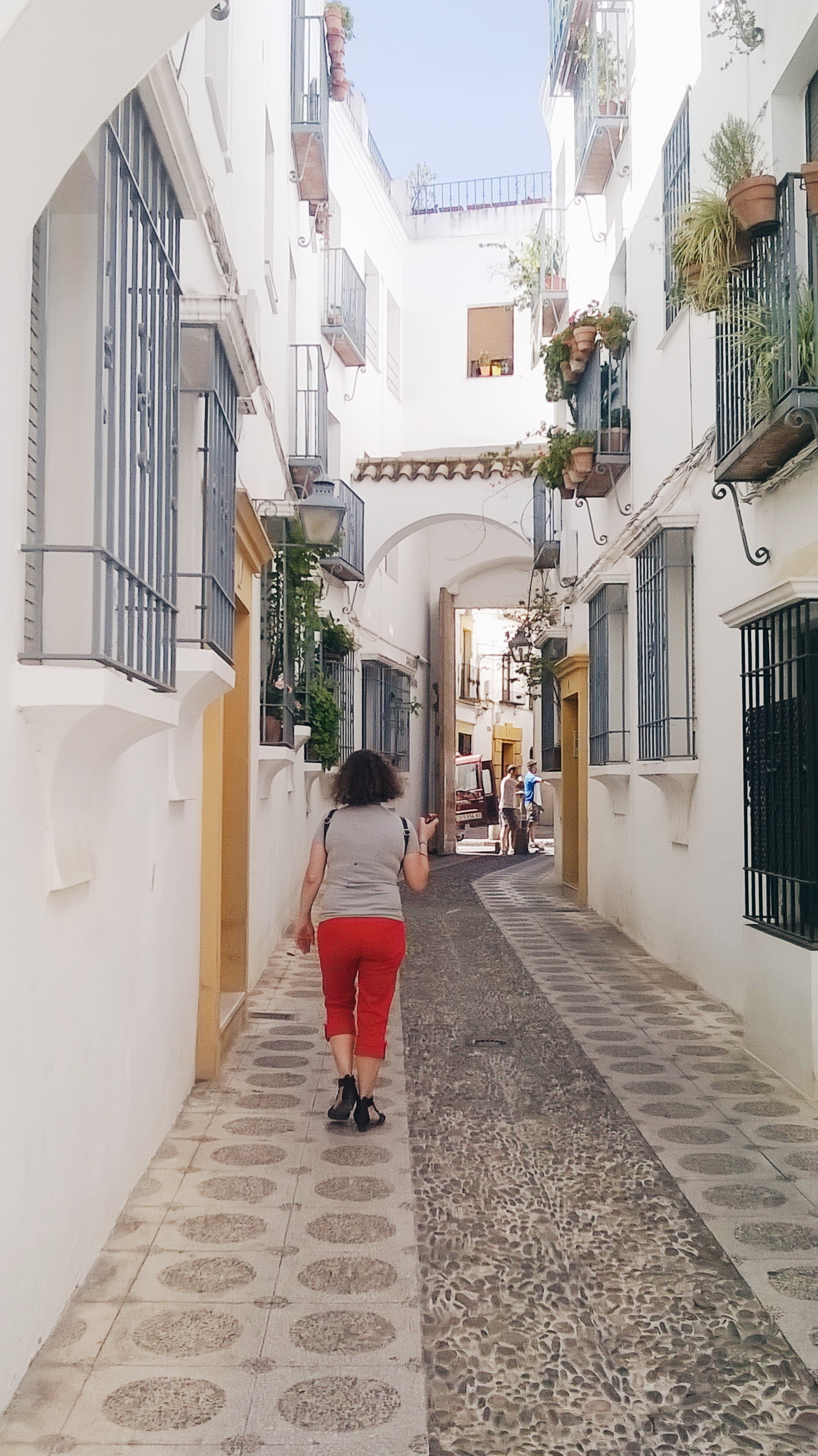
In this zone you can also find a lot of bars and restaurants, so it's a good idea to stop here to have a drink and enjoy the area.
The Patios of Córdoba
Visiting Córdoba means visiting the mighty colourful patios, come what may. And they're probably the most famous in Spain with its flowerpots and flowers of every species adorning them. This doesn't just happen during the Patio Festival that I was talking to you about before, but some are open all year round.
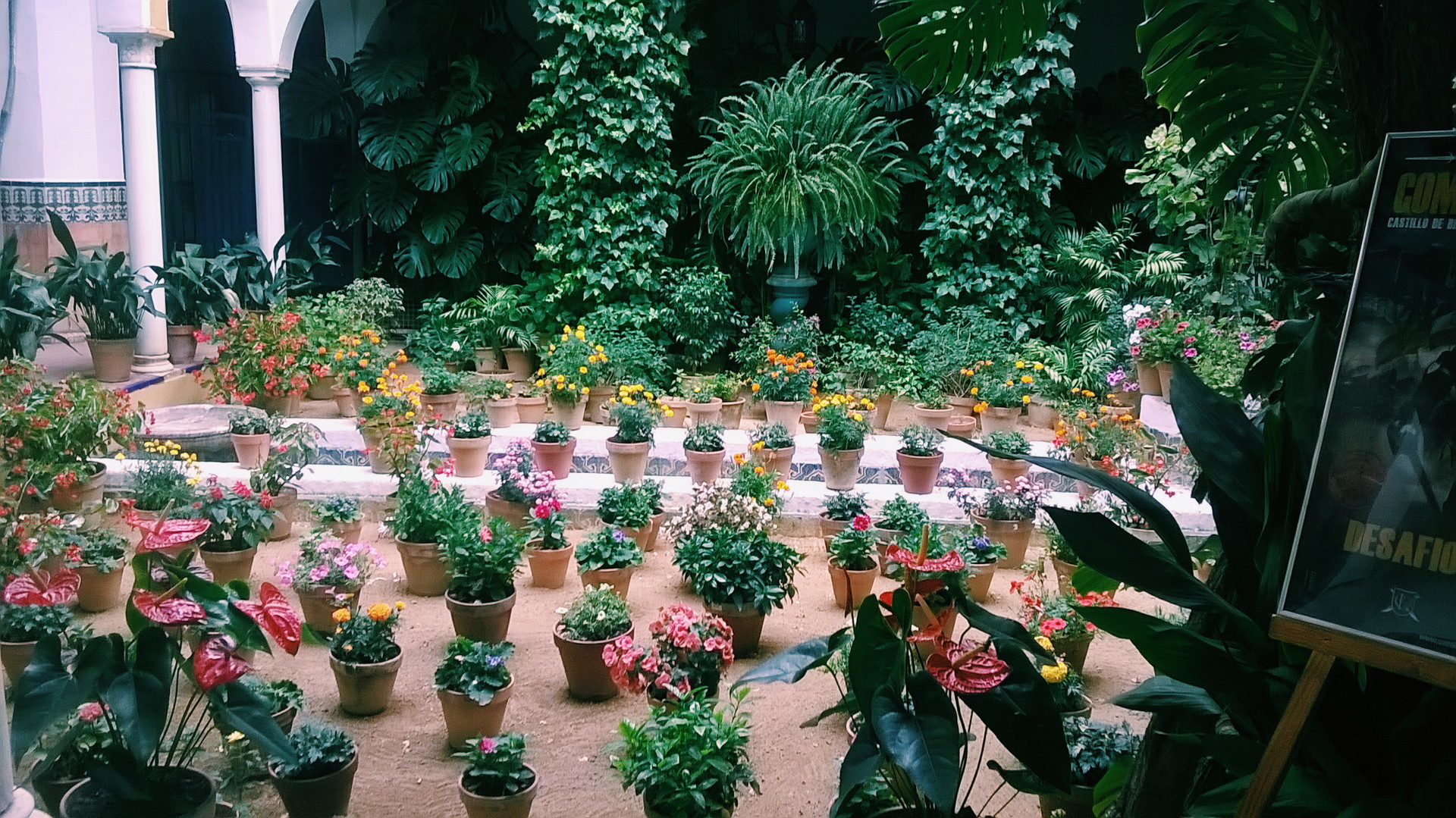
In some of them you do have to pay to see through a visited guide whilst they're all free to visit during the festival. Additionally, it's when they show off their true splendor.
But don't worry, we visited them in June and we could basically see the same, as the neighbours tend to leave their patio doors open precisely for the reason of letting the tourists in so they can admire them. Additionally, during this period the city is a lot calmer and you can enjoy this area to your hearts content.
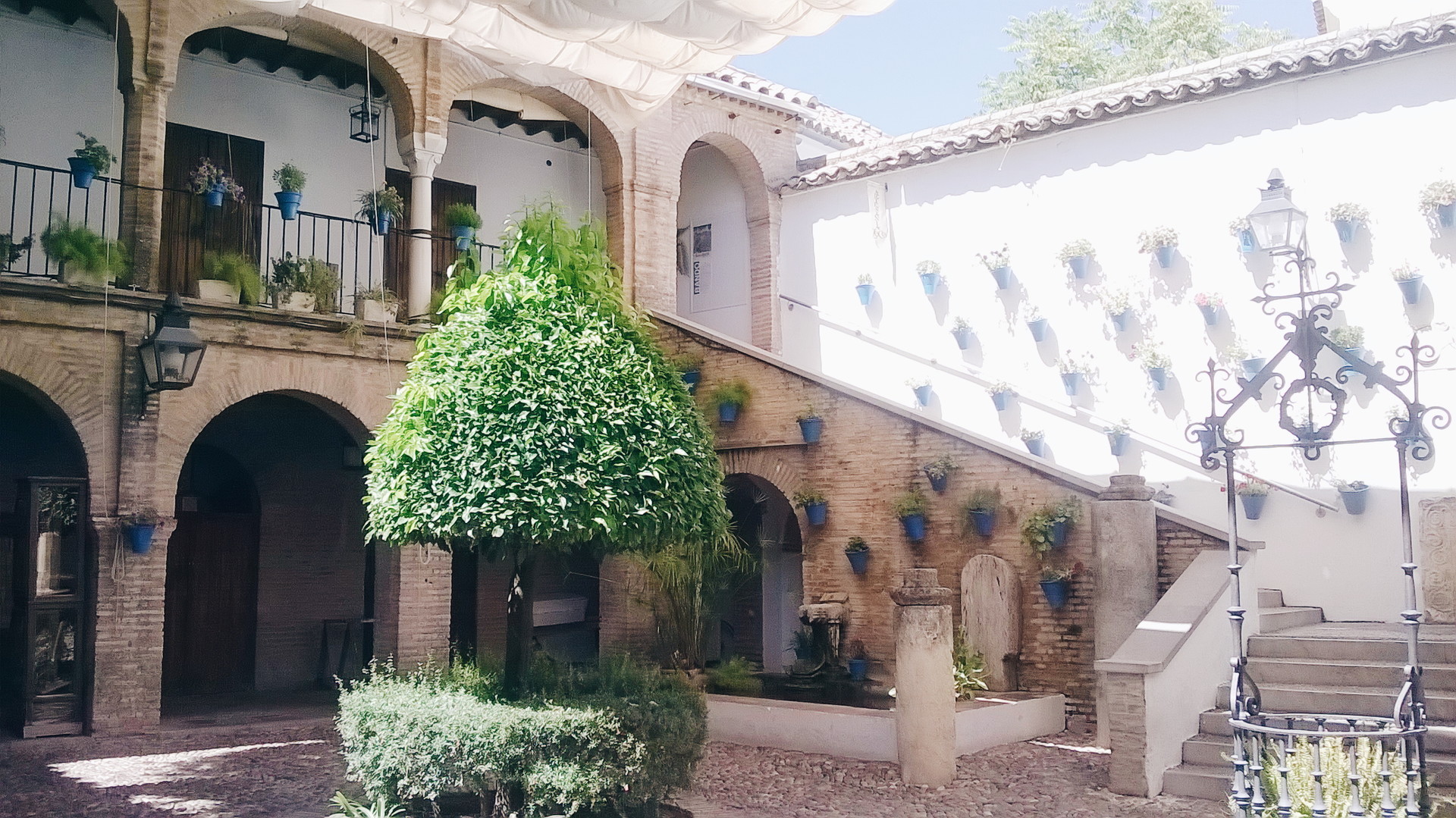
I have to say that the white houses make all the plants and flowers shine a lot brighter. I would love to live in one of these.
Some of the points that stand out the most are San Basilio 44, the Trueque house in the San Lorenzo neighbourhood and the Municipal Bazaar.
Corredera Plaza
You can't forget this plaza either, as it's the only quadrangular shaped plaza in all of Andalusia. But it's more of a common shape for plazas in other cities such as Madrid or Salamanca. Since its construction, it has been renovated various times and it characterises itself through its doors and the surrounding buildings as they all have the same aesthetic.
It's a perfect place to have some tapas or a beer in one of the terraces. Although, as you can probably imagine, the prices are more expensive here than the rest of the city. You can get into the plaza through the High Arch and the Low Arch.
As I told you in the beginning, we decided to only dedicate one day to visiting the city, and we had spent the whole day in suffocating heat. We still haven't visited quite a lot of the places in the city, but I want to mention what I think would be really worth going to here at the end of this point. I urge you to do these if you have more time during your visit.
I would also recommend visiting the Roman Temple of the city, the Caliphal Baths of the Alcazar or the Caballerizas. But, you particularly can't forget the Medina Zahara which, as I said before, it has been declared a World Heritage Site and is one of the most interesting archaeological ruins.
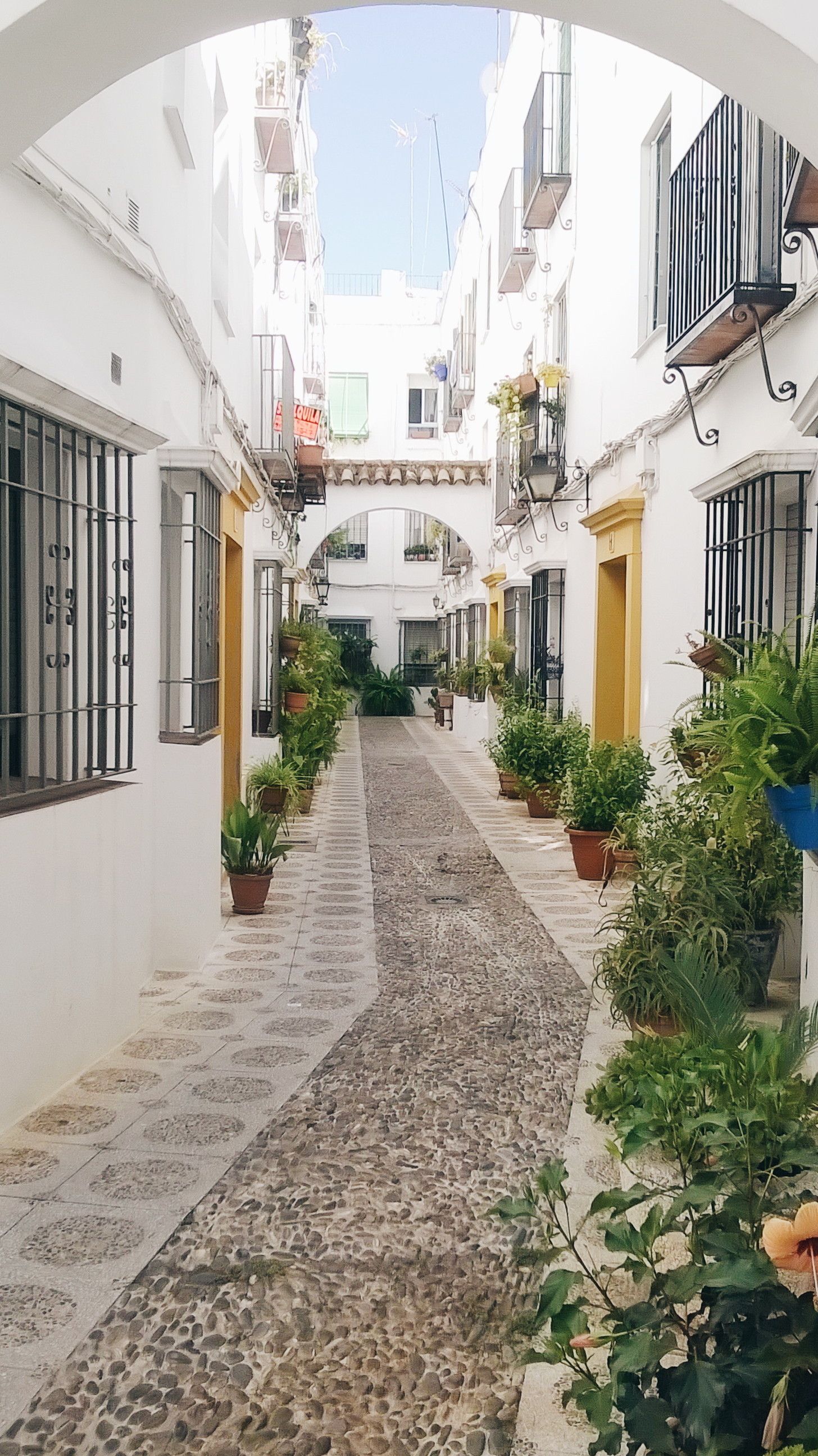
And so that's it! I hope that you've enjoyed my journey through these three Andalusian cities and I recommend that everyone gets to know this community, especially these three cities. They are so different to the rest of Spain, and they allow you to get to know a completely different culture. And because of this it's the second most visited community in Spain!
And as always, thanks for reading!
Photo gallery
Content available in other languages
- Español: Una semana por Andalucía: Córdoba
- Italiano: Una settimana in Andalusia: Cordova
- Français: Une semaine en Andalousie: Cordoue
Want to have your own Erasmus blog?
If you are experiencing living abroad, you're an avid traveller or want to promote the city where you live... create your own blog and share your adventures!
I want to create my Erasmus blog! →























Comments (0 comments)